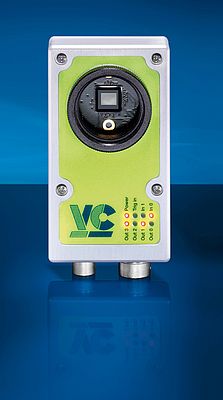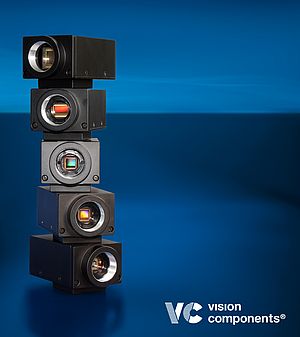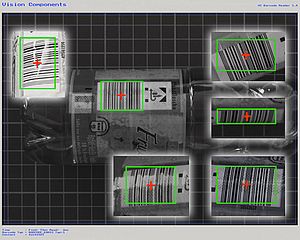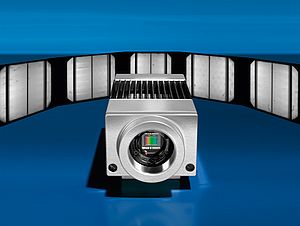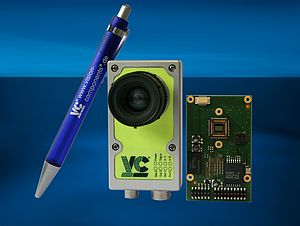According to the supplier, Intelligent cameras from Vision Components, which can independently record and analyze images, are not only more compact and easier to integrate than PC-based machine vision systems, but also have the added advantage of a better energy balance. This factor is becoming more and more important in factory automation and also plays a big role in standalone systems. The systems' energy balance is improved by their low power consumption. While a standard PC has an average power input of 150 W, the average for the smart cameras is 3 W - for the newest generation of standard models, the VC nano series, even less than 2 W. In an application with 24/7 operation, PCs - without screens, cameras, or other necessary equipment - consume about 1,300 kWh per year while smart cameras only consume about 25 kWh.


